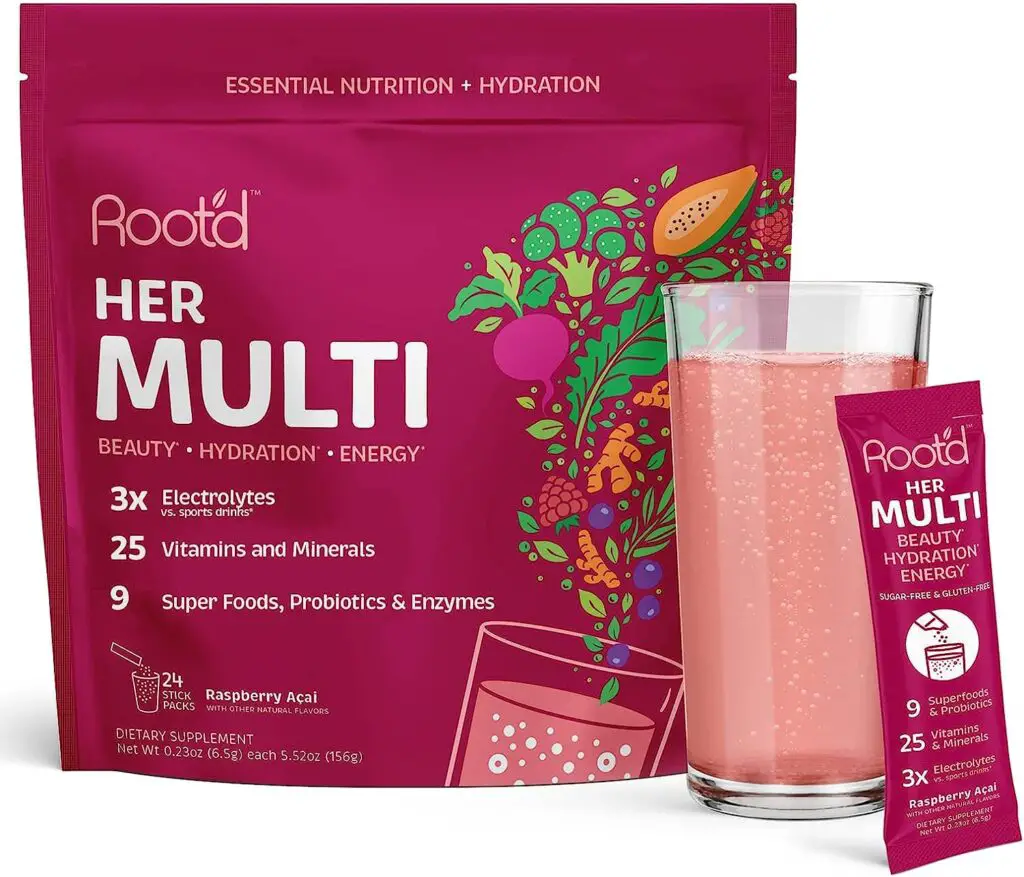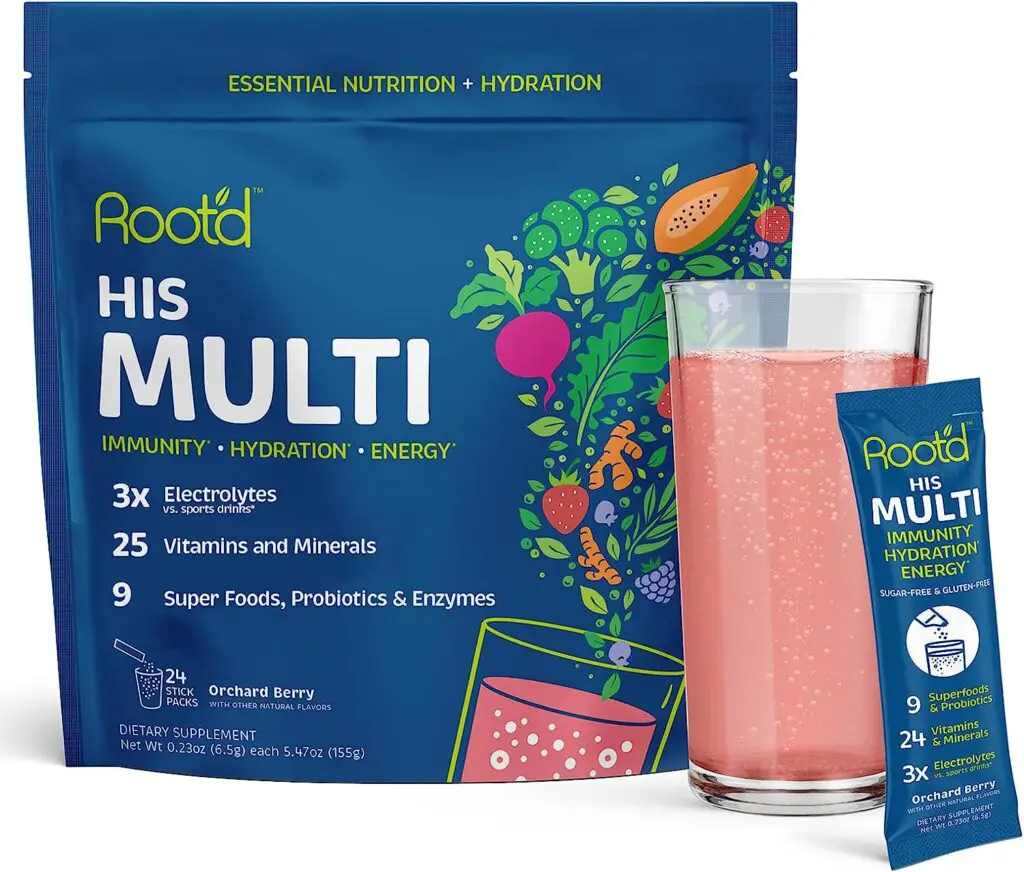Your brain is so incredibly sophisticated that it may be able to store 100 terabytes of data, or 100,000 gigabytes, in total. The maximum storage capacity for a typical PC is 500 gigabytes. You must consume the right number of vitamins and minerals for the proper growth of this enormous hard drive to be able to retain all of this knowledge. Vitamins were first known as “vitamine” before being given the vitamin name in the 1920s. They were first discovered in the late 1800s. Since the majority of people on Earth do not obtain enough critical vitamins like vitamins C, B12, and D, among many others, vitamins have greatly helped mankind. Alzheimer’s disease is a crippling condition that steals your memory and has no known cure, and it has been demonstrated that a shortage of B12 in the body can lead to the early beginning of the disease. This correlation’s mechanism of action is due to B12’s ability to reduce homocysteine levels, which are a major contributor to memory loss. The majority of individuals acquire their recommended daily intake from different meat, poultry, and fish sources. If you’re a vegetarian or reside in a developing nation, this may be an issue.

Brief History of Vitamins
Protein, carbs, and fat were the only three recognised vital elements in meals at the start of the 20th century. Food was sterilized in order to remove germs, mold, and toxins since it was believed that poor sanitation and hygiene were the cause of all diseases. To remove husks, additional grains were processed as well as rice. Even though the shelf life was extended, certain negative effects were not understood at the time. Grain processing damaged essential B vitamins and increased the prevalence of two of the era’s prevalent diseases: pellagra, a niacin shortage characterized by sores and hallucinations, and beriberi, a vitamin B1 or thiamine deficiency characterized by nerve damage and the potential for paralysis. Children from affluent homes were more likely to get scurvy, which has symptoms including weariness and bleeding gums, since heat sterilizing milk damages vitamin C. These tendencies were a puzzle since they believed that they were the ones who had access to the “best” food.
Following the first discovery of vitamins, several products were developed, including Yeast Vitamine, Double Strength Yeast and Iron Concentrate, and Super Vitamins. They frequently contained “vitamin B” from yeast and several other substances (specific B vitamins had not yet been recognised).
The creation of Mastin’s Yeast Vitamin Tablets in 1916 marked the beginning of the modern vitamin supplement’s history. Its label stated: “This preparation contains vitamins together with other ingredients which should prove of value in helping to improve the appetite, aid digestion, correct constipation, clear the skin, increase energy, and, as a tonic, to assist in putting on weight in weakened, rundown conditions due to malnutrition.” It also contained iron, calcium, vitamins A, B, and C, as well as Nux vomica, a homeopathic remedy for heartburn.
Medical Recognition of Multivitamins
Despite the criticism, another medical magazine warmly endorsed Metagen from Parke, Davis & Co., (now a division of Pfizer) the same year, a multivitamin produced by a prestigious pharmaceutical business. According to a positive review in American Family Physician, the vitamins A, B, and C included in Metagen, which was sold to doctors to prescribe to patients, might enhance health for practically everyone, even babies and those with significant illnesses of the day. The article’s conclusion stated that the discovery of vitamins and the development of Metagen, the most readily available preparation of vitamins for use by doctors, are not only timely but of the utmost importance in their bearing upon the health and well-being of the populace. This is because of the radical change that has occurred over the accepted methods of preparing and supplying the nation’s food. At about the same time, Casimir Funk’s supplement Oscodal received approval from the American Medical Association. The person who discovered vitamins also developed a method to turn cod liver oil, which has a bad taste, into sugar-coated pills, which include vitamins A and D.
A New Nutritional Milestone with Recommended Dietary Allowances
One-third of American men drafted into the armed forces during World War II had infirmities linked to malnutrition. In response, the National Nutrition Conference for Defence was called by President Franklin D. Roosevelt in 1941. The outcome was the first set of Recommended Dietary Allowances (RDAs) for six vitamins and two minerals, which were supported by the government. The initial RDAs started to establish the multivitamin as we know it today, even though more nutrients have been identified and added to the list since then. In 1943, One-A-Day made its debut. For the first time, according to Daniel Fabricant, Ph.D., CEO and President of the Natural Products Association, “we started to see multivitamins as a kitchen-table product” at that point. By the late 1950s, many multis were being marketed as being kept on the table next to the salt and pepper shakers and sold in apothecary-style bottles. The U.S. government has established regulations for a growing number of vitamins and minerals.

Modern Vitamin History
Linus Pauling and other scientists started to establish the advantages of megavitamin treatment in the 1960s, and by the 1970s, there were a lot of high-dose multivitamins on the market. In response, the FDA made an effort to control vitamins like prescription medications. The Dietary Supplement Health and Education Act, which established principles for governmental regulation of supplements, was passed into law in 1994 as a consequence of lobbying and legal proceedings in the decades that followed. Multivitamins now contain additional nutrients and superfoods that have been found throughout time, and stringent standards guarantee product quality. Today, we have a wide range of options, including multivitamins manufactured with raw, food-based, only plant-based, non-GMO, gluten-free, soy-free, or other allergen-free components.
Numerous items are created for various life phases, from infancy through childbirth, for older age groups, and particular issues like heart health. Today’s “pills” of multivitamins are available as liquids, powders, chewable, and gummies. Nutritional deficiencies persist after more than a century of research and development. Additionally, even while today’s nutritional deficiencies might not be severe enough to result in beriberi or pellagra, they nevertheless affect our health. Even if they think they eat a healthy diet, most individuals are simply not obtaining the nutrients they require, according to Tieraona Low Dog, MD, author of Fortify Your Life. Therefore, vitamin supplementation is still necessary as it was back when these important nutritional components were first identified.
Root’d: The Reason
Adams Chimaera (founder) struggled with injuries constantly, which prevented him from performing the activities he liked most. This focus on internal wellness resulted. He was astounded by the absurd quantity of sugar in his hydration powders and chewable vitamins when he reviewed his regular consumption. He searched for a brand that fits the bill but couldn’t find one, so he teamed up with dietitians to make his own. The solution was a real MULTI, created by mixing organic superfoods and digestive probiotics with the nutrition content of a multivitamin and the hydrating power of electrolytes. Root’d removes the bad sugar and lets our bodies’ natural flow absorb the nutrients, giving our days a natural boost.
Root’d Powder Multivitamin + Electrolytes for Women
Root’d BOOSTS your daily routine by combining the 25 essential vitamins and minerals a woman’s body needs each day with digestive probiotics, energizing organic superfoods beets, turmeric, and greens, PLUS electrolytes for hydration, all into one amazing sugar-free vitamin mix. Traditional “multivitamins” only give you a small number of nutrients, and hydration powders give you far too much sugar. Non-GMO, allergen-free, sugar-free, dairy-free, soy-free, caffeine-free, paleo, and ketone-friendly products are also available. To achieve your supplement goals, avoid choking and chew “healthy” sugar gum! Simply effervescent multivitamin powder that is electrolyte-infused and deliciously flavored with Raspberry Acai! You may start your journey to greater health by adding the powder to your preferred drink (water, juice, smoothies, etc.)! For a natural boost, sip on Root’d before or after working out!
Root’d – Powder Multivitamin + Electrolytes for Men
Using bioavailable sources to meet your daily nutritional needs while boosting your energy, immune system, hair, skin, and general health.
Enhancing digestion and intestinal health while promoting absorption, with organic beetroot root added for cardiovascular benefits.
To hydrate your body without adding sugar, a sports drink needs three times as much electrolytes. This helps you stay hydrated and strong over time.
Not Many People Wouldn’t Benefit from Taking Vitamins
Many of us eat diets that are less healthy and more luxurious. The National Health and Nutrition Examination Survey found that, on average, Americans get around 30% of their calories from high-energy, nutrient-poor items including alcohol, sweets, and snacks. These meals are thereby displacing more nutrient-dense choices and lowering the consumption of vital micronutrients. According to the 2020 Dietary Guidelines Advisory Committee, the majority of Americans don’t get enough dietary fiber, calcium, magnesium, potassium, choline, and the vitamins A, C, D, E, and K. For some groups, it is typical to take less iron, folate, protein, and vitamin B12. When you consider where the world is going, it wouldn’t be a terrible idea to take extra vitamins.
* In partnership with our friends at Life Vitamin Co., LLC.* Photo courtesy of Life Vitamin Co., LLC.
* These statements have not been evaluated by the Food and Drug Administration. These products are not intended to diagnose, treat, cure or prevent any disease.
* The information available on ewellnessmag.com, including text, graphics, and other materials is for informational purposes only. Reliance on any information in ewellnessmag.com is at the user’s own risk. Sponsored product placement may appear in the article. The visitor of this website acknowledges that the information available on or through ewellnessmag.com is not and is not intended to be a substitute for professional medical advice. Copyright © 2023 Brawo Press, Inc. All rights reserved.






